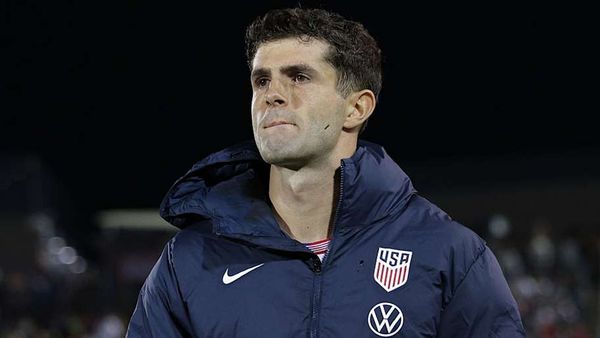
Skim through LinkedIn posts from branding professionals right now, and you'll find one topic absolutely dominating: AI. But whilst we're all debating whether algorithms will revolutionise brand building, another crisis is unfolding that's doing far more damage to brand equity than any chatbot ever could.
Shrinkflation – reducing product size whilst keeping prices static or rising – isn't some minor inconvenience that's impacting brand strategy. It's a fundamental betrayal of the consumer contract that's eroding trust at alarming speed. And the evidence is everywhere.
You've seen it. Your bag of Walkers crisps is now more air than potato. Cadbury Dairy Milk sharing bags have shrunk. Quality Street tubs are smaller. Galaxy bars are down 10%. Even Penguin and Club bars have been reformulated with so little cocoa they can't legally be called "chocolate" any more. They're "chocolate flavour" now, packed with palm oil and shea oil instead.
Research shows 71% of consumers have noticed what's happening, and 66% are actively boycotting products they know have shrunk. TikTok's #shrinkflation hashtag has 86 million views, with consumers forensically documenting every reduction, every reformulation, every bit of empty space in their packaging.
People are not idiots. They notice these things.
Brand strategy nightmare
So if you work in branding, what on earth can you do? After all, shrinkflation presents a challenge that makes your average rebrand look like a piece of cake.
Firstly, you have to recognise there's no obvious quick fix from an overall business standpoint: rising costs are real. Cocoa prices have more than doubled, production costs are soaring, inflation is squeezing margins. At the same time, you've got consumers who are hyper-aware, chronically online, and deeply suspicious of being taken for fools.
In this new world, the traditional brand playbook (premium positioning, heritage storytelling, emotional connection) all falls flat when someone realises you've quietly disappeared 25% of their favourite chocolate bar.
Potential solutions
So how are brands responding? Some are trying radical transparency. American skincare brand Cocokind posted a breakdown of its costs on Instagram: salaries, shipping, marketing, everything. This sort of thing works because it treats consumers like adults.
Others are pivoting to refillable packaging, playing into sustainability whilst offering genuine value. In Germany, 66% of cosmetics consumers think all grooming products should be refillable. That's not greenwashing: that's a legitimate business model.
Some food brands are leaning into 'premiumisation': if we're giving you less, we'll make it better quality. In the first quarter of 2025, Unilever saw double-digit growth supported by premium launches including Vaseline Gluta-Hya skincare and TRESemmé's Lamellar Shine haircare.
Similarly, more than half of UK consumers say they'd rather have a small amount of premium chocolate than more regular stuff. This is positioning with legs, as long as you can deliver on the premium promise.
Unsung heroes
None of this is easy. And here's where I feel sorry for the designers and brand strategists tasked with playing out this delicate dance; balancing cost pressures, consumer expectations, regulatory requirements and brand integrity. Because let's face it, they will get absolutely no credit for it.
Ultimately, shrinkflation is the open secret nobody wants to acknowledge. The C-suite doesn't want it in the annual report. Marketing doesn't want it in the press release. Even when the work is genuinely clever (a package redesign that maintains shelf presence with smaller volumes, messaging that reframes value without insulting people's intelligence), it stays in the shadows.
In short, this is invisible work. Despite being infinitely more complex than most of what passes for brand strategy these days.
So while CEOs on LinkedIn debate whether AI can write better emails and headlines, the real strategic challenge is this: how do you maintain brand trust when economic realities force you to deliver less for more? How do you communicate honestly without torpedoing your positioning? How do you design your way out of a cost crisis without customers feeling conned?
These are the questions that matter. Don't expect applause or awards when you get it right; that's not how it works. But believe me when I say, the public will appreciate it all the same.







